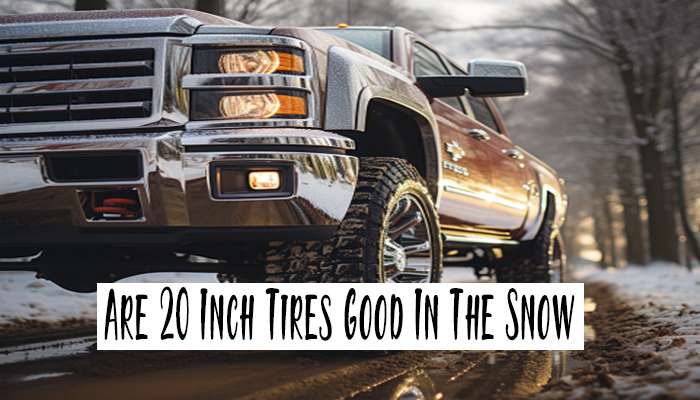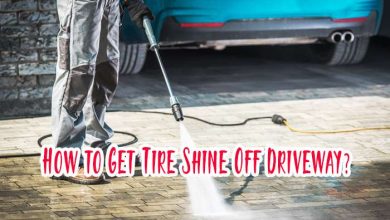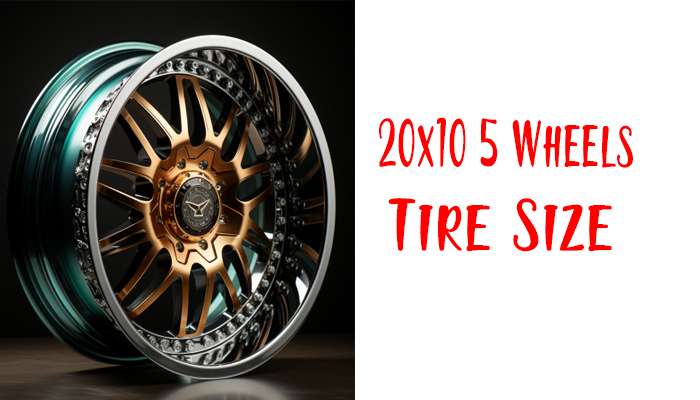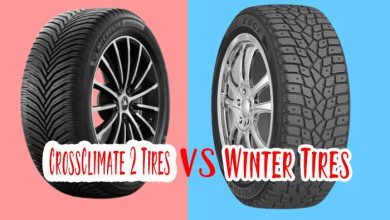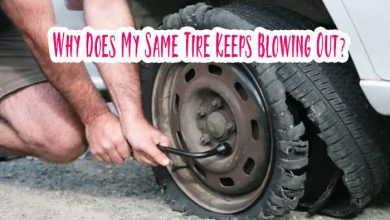Can You Put Big Tires on Small Rims: A Comprehensive Guide
Tires and rims are two of the most important components of a vehicle, and it’s important to ensure they are properly matched. However, what if you want to put big tires on small rims? Is it possible? And what are the potential consequences?
In this blog post, we’ll take a closer look at whether or not you can put big tires on small rims. We’ll also discuss the potential benefits and drawbacks of doing so.
Understanding Tire and Rim Sizing
Before we address the burning question, let’s get the basics straight. Understanding tire and rim sizing is crucial for optimizing your vehicle’s performance. Your car’s wheels have two main components: the tire and the rim.
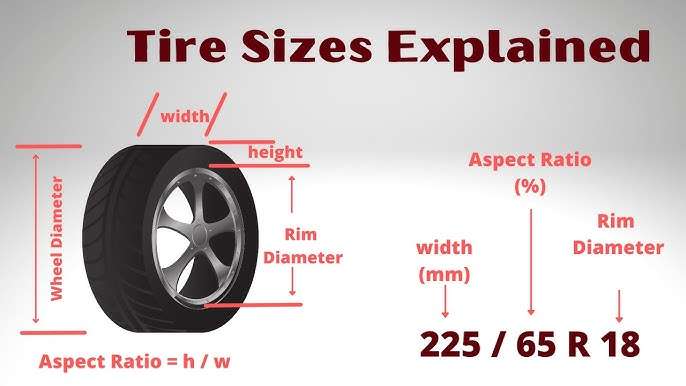
The tire comes in contact with the road, providing grip, while the rim is the metal or alloy wheel that holds the tire in place. The sizing of these components is standardized, but there’s room for customization.
- Tire Size: The tire size combines numbers and letters on the tire’s sidewall. It typically looks like this: P215/65R17. The numbers indicate the tire’s width, aspect ratio, and diameter.
- Rim Size: The rim size is measured in inches and corresponds to the diameter of the wheel on which the tire is mounted. For instance, if you have 17-inch rims, the tire you select should also have a diameter suitable for 17-inch rims.
How to Calculate the Ideal Tire Size for Your Rims?
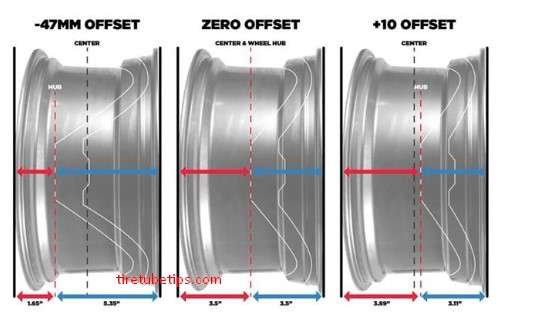
Selecting the right tire size for your rims is a crucial decision that affects your car’s performance. You want a combination that not only fits but also maximizes the benefits. To calculate the ideal tire size, follow these simple steps:
- Check the rim size: Start by determining the size of your rims. This is usually marked on the rim itself.
- Aspect ratio matters: The aspect ratio, which is part of the tire size, indicates the height of the tire’s sidewall as a percentage of the tire’s width. A lower aspect ratio means a shorter sidewall, while a higher one means a taller sidewall.
- Consult your vehicle manual: Your car’s manual often includes recommendations for compatible tire sizes. It’s a great place to start if you’re unsure.
- Online calculators: Some online tools and calculators can help you find compatible tire sizes based on your rim size and aspect ratio.
Can you put big tires on small rims?
Can you put big tires on small rims? Yes, it is possible to put big tires on small rims, but it is not recommended. Tires are designed to be used with a specific rim size, and putting a larger tire on a smaller rim can cause several problems, including:
- Improper fit: The tire may not fit properly on the rim, leading to bead slippage, leaks, and even blowouts.
- Reduced performance: The tire may not perform as well as it should, with reduced handling, braking, and traction.
- Increased wear and tear: The tire and rim may wear out prematurely.
- Damage to the vehicle: The larger tire may rub against the suspension or body of the vehicle, causing damage.
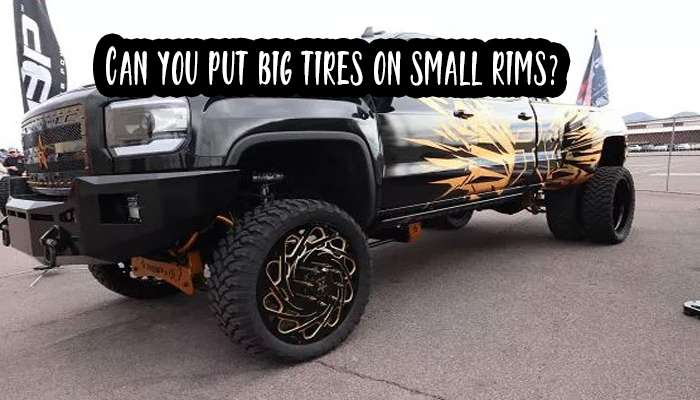
In addition, putting big tires on small rims can affect the speedometer and odometer readings, making them inaccurate.
If you are considering putting big tires on small rims, it is important to consult with a qualified tire professional to make sure that it is safe to do so and that the new tires will be compatible with your vehicle.
Also Read: Can You Put a Tire on a Bent Rim?
Here are some of the specific problems that can occur when putting big tires on small rims:
- Bead slippage: The tire’s bead is the part that sits against the rim. If the tire is too big for the rim, the bead may slip off, causing the tire to go flat.
- Leaks: The larger tire may not seal properly on the smaller rim, which can lead to leaks.
- Blowouts: The increased stress on the tire and rim can increase the risk of blowouts.
- Reduced handling: The larger tire may have a different profile than the stock tire, affecting the vehicle’s handling.
- Reduced braking: The larger tire may have a different contact patch size than the stock tire, reducing braking performance.
- Reduced traction: The larger tire may have a different tread pattern than the stock tire, which can reduce traction in wet and snowy conditions.
- Increased wear and tear: The larger tire and rim may wear out prematurely due to the increased stress.
- Damage to the vehicle: The larger tire may rub against the suspension or body of the vehicle, causing damage.
Benefits of Putting Big Tires on Small Rims
Now that we’ve addressed the potential drawbacks let’s look at the benefits of putting big tires on small rims. In some cases, it can be a worthwhile choice.
- Enhanced Off-Road Capability: If you enjoy off-roading, larger tires can provide more ground clearance, making it easier to tackle rough terrain.
- Aesthetic Appeal: Some car enthusiasts opt for larger tires for the aggressive and eye-catching look they provide.
- Improved Traction: Larger tires can offer better traction, which can be advantageous in certain driving conditions, such as snow or mud.
The disadvantage of Putting Big Tires on Small Rims
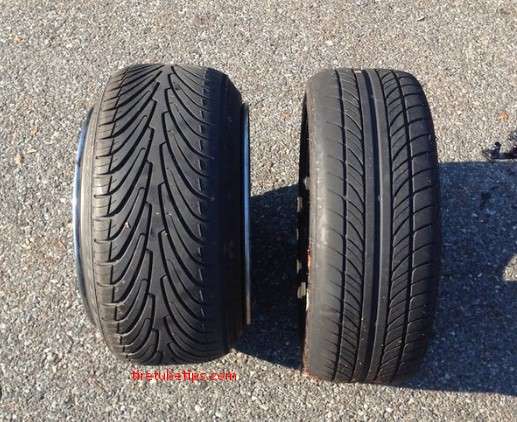
While there are benefits, it’s essential to weigh them against the disadvantages. Putting big tires on small rims isn’t always the best choice, and here’s why:
- Handling Issues: As mentioned earlier, larger tires can impact your car’s handling. They may feel less responsive and affect your ability to steer precisely.
- Potential Damage: The improper fit can lead to tire damage, rim damage, or both, resulting in costly repairs.
- Speedometer and Odometer Inaccuracies: Larger tires can reduce your vehicle’s speedometer and odometer readings. This can affect your driving and potentially get you into trouble with the law.
- Increased Costs: Larger tires often come with a higher price tag, and you may need to modify your vehicle to accommodate them.
Maintenance and Care for Big Tires on Small Rims
If you’ve decided to go with big tires on small rims, it’s important to understand that they may require additional care and maintenance. Here are some tips to keep them in great shape:
- Regular Inspections: Check your tires for signs of wear and tear. Make sure they are properly inflated to the manufacturer’s specifications.
- Rotation and Balancing: Regular tire rotation and balancing are crucial to ensure even wear and prolong the lifespan of your tires.
- Alignment: Get your vehicle’s alignment checked and corrected as needed. Misalignment can lead to uneven tire wear.
- Proper Cleaning: Keep your tires clean to prevent the buildup of debris and chemicals that can damage the rubber.
Do Bigger Tires Give a Smoother Ride?
One common misconception is that bigger tires automatically provide a smoother ride. While it’s true that they can offer certain benefits, a smoother ride isn’t always one of them. Here’s why:
- Suspension Setup: The suspension system of your vehicle plays a significant role in ride comfort. Bigger tires may require adjustments to the suspension to maintain a smooth ride.
- Tire Type: The type of tire you choose, whether all-terrain, mud-terrain, or highway, can affect ride comfort. Some tire types are designed for specific terrains and may not ride smoothly on other surfaces.
- Inflation Pressure: Properly inflated tires contribute to a smoother ride. Maintaining the recommended tire pressure is essential for comfort and safety.
Do Bigger Wheels Affect Speed?
The relationship between wheel size and speed is an interesting one. Larger wheels can affect your vehicle’s speedometer reading. When you fit bigger tires, each rotation of the tire covers more ground, which can make it seem like you’re going faster than you are.
Conclusion
In the world of tires and rims, the question, “Can you put big tires on small rims?” isn’t a simple yes or no. It’s a decision that depends on your specific vehicle, your driving habits, and your preferences. While there are benefits to going big, there are also drawbacks that you should consider.
Reference Link
https://www.powerhousewheels.com/wheel-guide/
Glossary
- Tire Sizing: Determining the right tire size for your vehicle’s rims.
- Aspect Ratio: The tire’s height as a percentage of its width.
- Rolling Resistance: The force that opposes the motion of a tire rolling on a surface.
- Wheel Alignment: The adjustment of the angles of the wheels to ensure they are perpendicular to the ground and parallel to each other.
